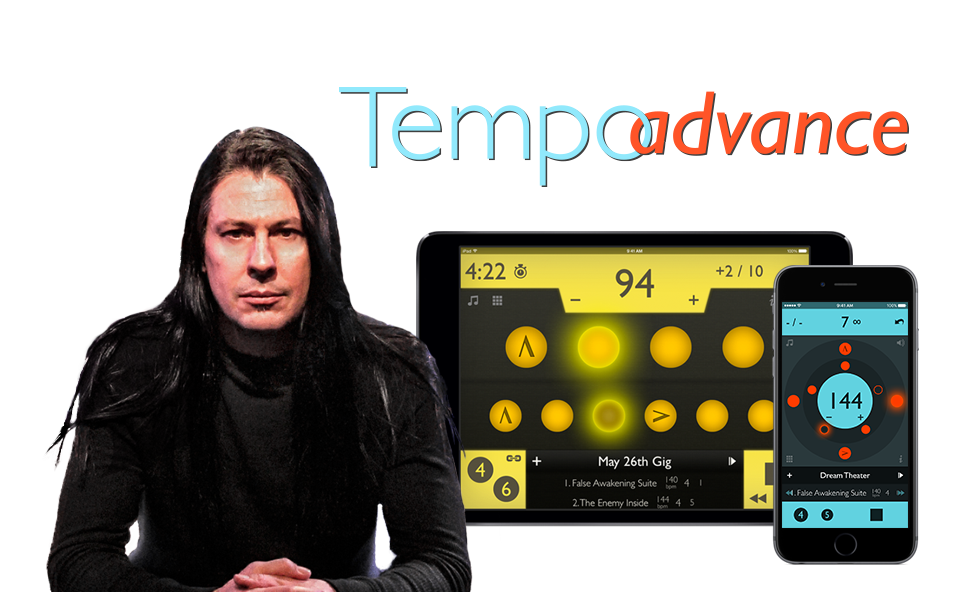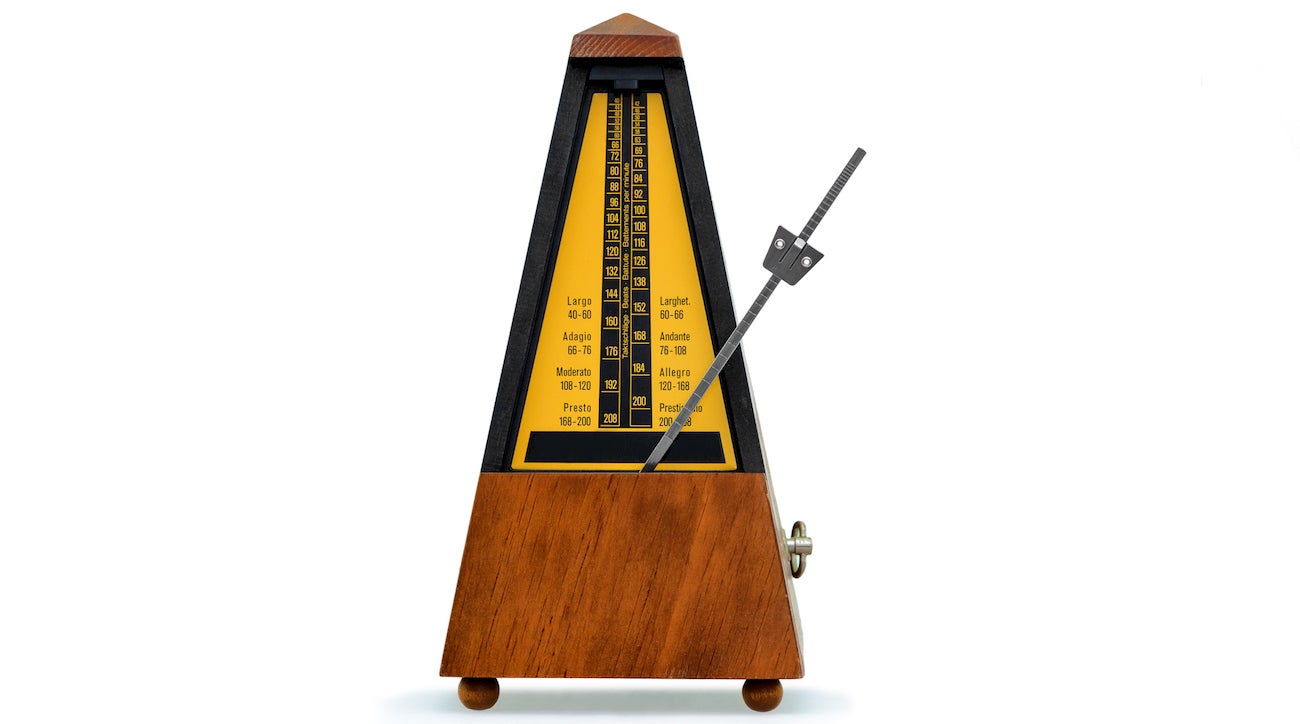



Then, you need to apply and practice those rhythms on guitar.Ī common mistake beginner musicians make is not devoting enough attention to rhythm. First you need to develop your sense of rhythm away from the guitar through clapping, reading, counting and (most importantly) feeling different rhythms. You'll learn all about rhythm – from the absolute fundamentals to advanced metronome tricks and odd time signatures. This guided, step-by-step learning pathway for guitarists is going to transform the way you play and hear music. Explore more metronome and rhythm drills in our Music Theory Bootcamp. This will help you strengthen your rhythmic control and get closer to the feel of jamming live with other musicians. To get comfortable with this, practice playing one chord so that you're striking it just before or after the beat. Can you stay on the beat? Practice playing ahead of, behind, and on the beat.Ĭertain styles of music call for syncopation, which means you're regularly playing ahead of or behind the beat to create a feeling of tension against the established pulse. For an extra challenge, set the metronome to 8/4 and leave only the first beat highlighted. Metronome practice is key to developing your rhythm, but it's important to make sure the metronome isn't doing all of the work for you! Our beat dropping feature allows you to mute certain beats so you can test your timing.įor example, in 4/4 timing, if set set the metronome so that only the 1st beat makes a sound, you'll have to use your rhythmic instincts to keep playing on the beat. Additional tips for metronome practice Use the "beat dropping" feature to test your rhythm. You can apply this general process to any piece of music you're learning. If you metronome practice into your daily routine (even 5 minutes per day helps) and track your progress, you'll be astounded at how quickly you progress. Give yourself a good nights rest when you feel like you're hitting a metronome plateau. Track your progress and set a goal – Increasing your speed takes time.Gradually bump up the tempo – Move on to 55 BPM and repeat step 2.Play 'till it's perfect – Practice your chord changes until you can play through what you're working on at least five times in a row with no mistakes.Find your starting tempo – this is the BPM where you can switch between two chords on the beat while getting a clear sound out of each chord.Here's how you could approach that with a metronome: If you start at a tempo that's too fast, you're just training your hands to make mistakes.įor example, let's say you're trying to learn how to change between two chords in a rhythm-guitar context. No matter what you practice, it's crucial to start slow and gradually increase your BPM. This couldn't be more true with metronome practice. At Pickup Music, we're massive believers in the old adage " Slow and steady wins the race".


 0 kommentar(er)
0 kommentar(er)
